Circa 2003, I wrote the first draft of a piece on Henri Lefebvre & Rhythmanalysis, published in Circulation on the City: Essays in Urban Culture (2010), eds. Alexandra Boutros and Will Straw. The piece followed from research I had been doing at McGill as a grad student with the Culture of Cities project.
The chapter considered how certain “rhythms” of the city become unobservable due to the phenomena of standing waves. Lefebvre discusses rhythms of traffic, but also other sorts of flows and disruptive rhythms that structure circulation (of all sorts of movement of people, goods, things, but also energies electric, wireless, and those of temperature; and again fluids in sewers, pipes, mains, tankers, pipelines). His reflections in this thin book are quite skeletal, more structural than materialist. Nonetheless he classifies rhythms, providing a schema of rhythm types (arrhythmia, etc), and considers them as fluids or soundwaves.
In Lefebvre’s rhythmanalysis, acoustic properties serve as both metaphor for rhythmanalysis itself, as a process of thinking, or critical analytic observation (and I am reminded of Robin James’ recent piece on acoustic dataveillance and the use of acoustic perception as metaphor and process), and also as a method of observing material processes. Thus arises the problem of standing waves, of two superimposed rhythms in perfect antinomy, where peaks and troughs cancel each other out. Such rhythms would be unobservable, and only perceivable through their effects upon other rhythms.
I think Lefebvre touches upon this idea, but only barely (this is his later work; he did not live to develop it). The implication is that it is through rhythmanalysis that one can discuss ideology. By ideology I mean the normalization of the constructed; or one could say the unconscious but contingent preconditions of what is perceived as consensual reality. Ie, I do not mean normative ideology, but structural ideology: the unthought contingent conditions of what appears as normally necessary.
In Lefebvre, psychoanalytic conceptual symbolism, materialism, and Marxism appear to meet in an urban planner who takes to a kind of Zen meditative appreciation of rhythmic environments, listening to traffic on his balcony….
In any case, I presented the paper at a conference at the Technische Universität in Berlin entitled “Time Space Dynamics in Urban Settings” (thanks to Bas van Heur) but never really went anywhere with it. It is only recently that I began thinking of Lefebvre’s renewed significance to sound studies. My own unthought of the piece (or at least the one I am thinking of now, no longer unthought) is how Lefebvre contributes to sound studies, or rather mobilizes it for urban analysis, which includes all manners of a concrete or materialist philosophy of becoming and rhythm, social phenomenologies of flow perception, or on the more empirical side, analysis of cities in the materialisation of flows (such as in Will Straw’s work, included in the Circulation volume). Lefebvre describes listening to cities in the text as a method of observation, conceptual and material, and for thought; but at the same time he presents a theory of ideology in the concept of the standing wave of rhythmic superposition, a kind of conceptual maneuvre, that resonates with work by Deleuze, Stengers, and Whitehead, but also EDMC studies (the “vibe” as the social production of rhythm in unconscious patterns of collective affect), and sound studies (as the turn to acoustic metaphor to comprehend 21st century existence in dataflows, dataveillance, etc).
———
As a final note, I was quite pleased when I saw this review by Mark Simpson of Circulations and the City in the University of Toronto Quarterly:
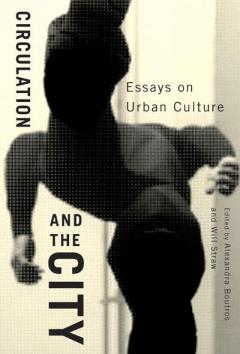
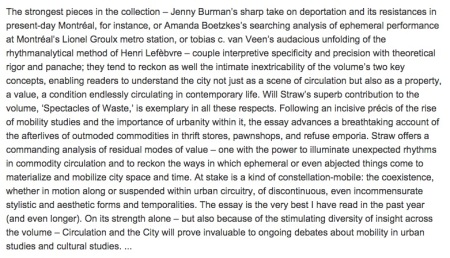
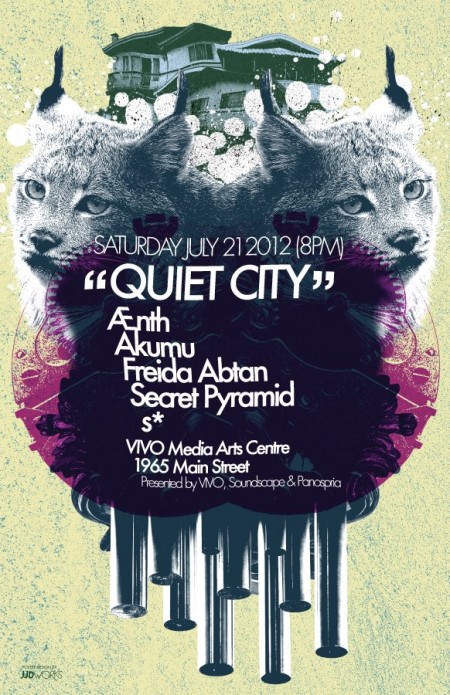
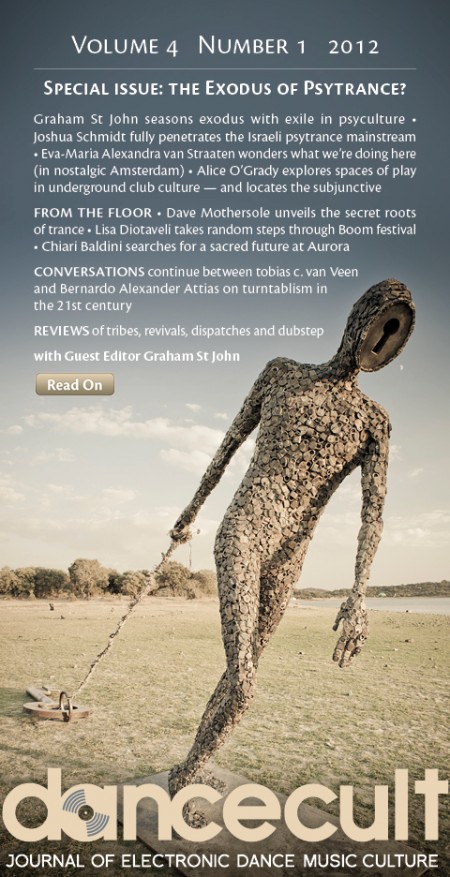
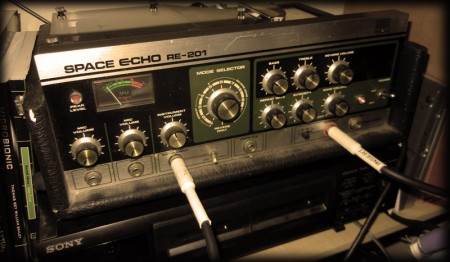

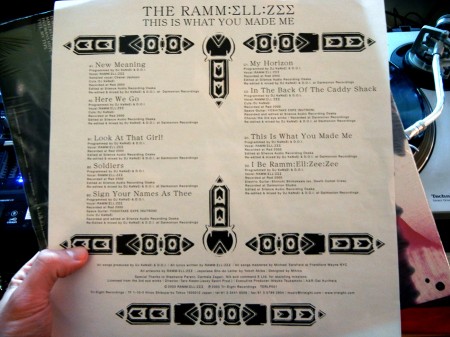
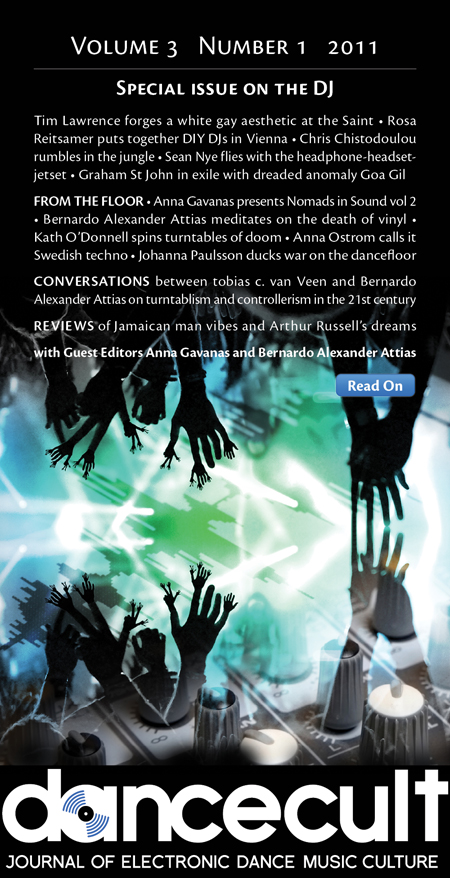
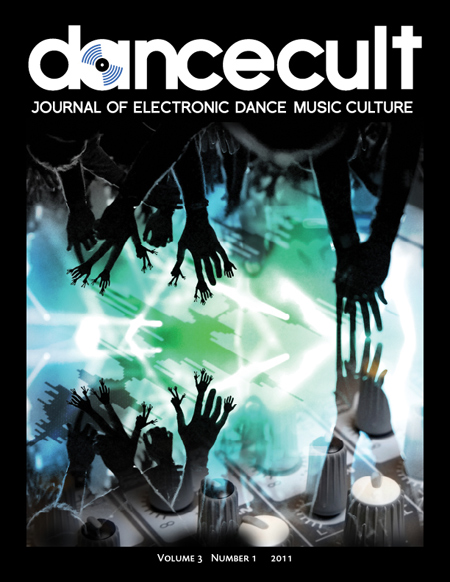
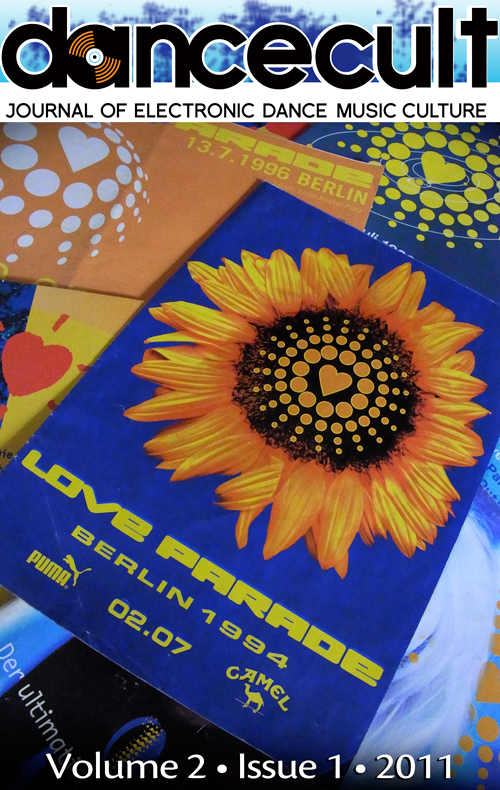







 RT
RT 